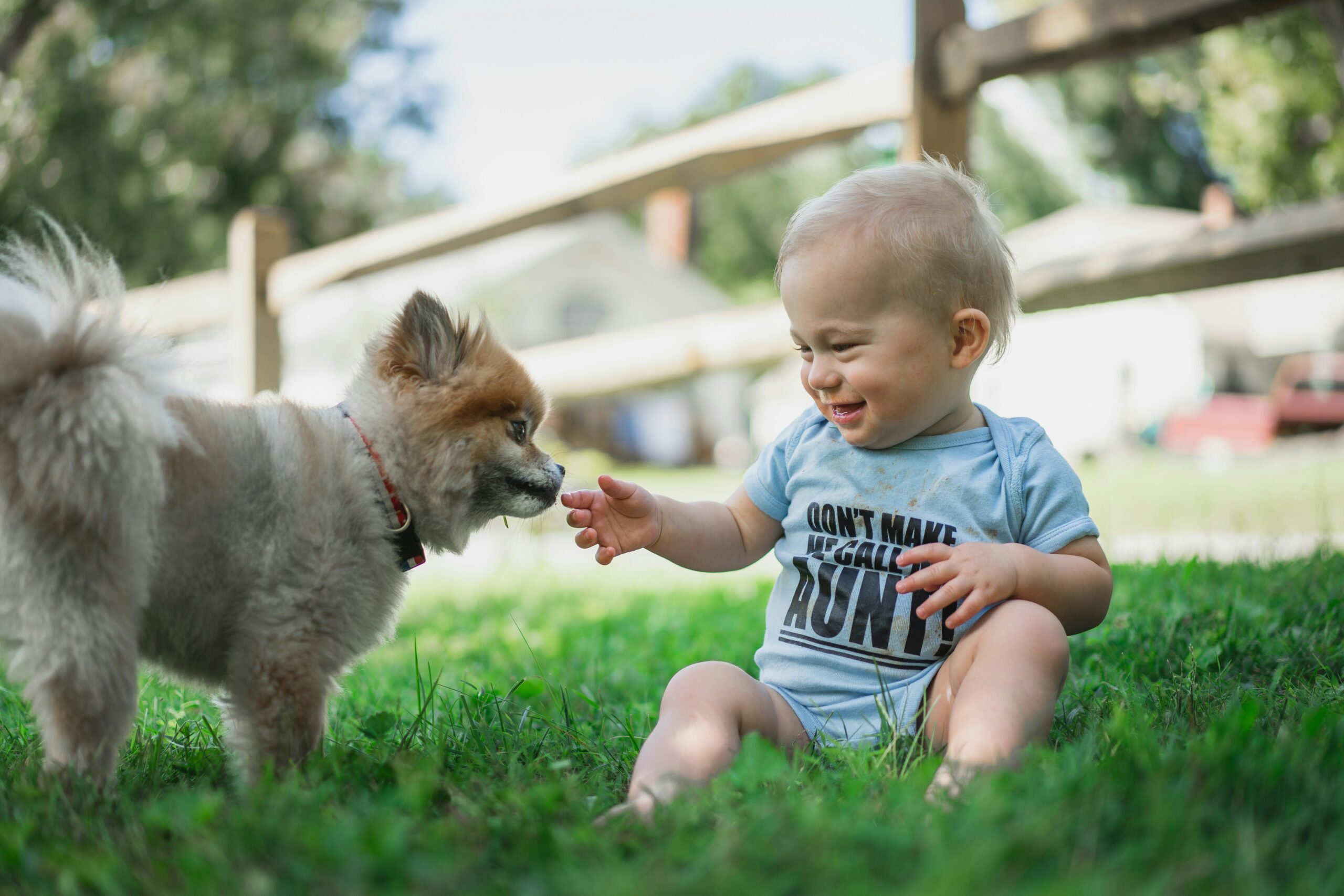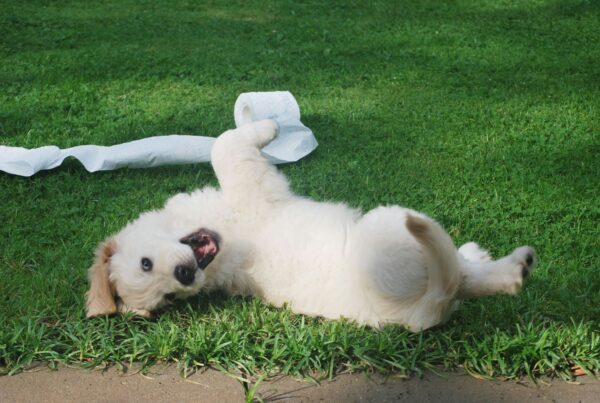Having one family dog has been the norm for quite some time, but for the families who have two or more pets of the same kind or a mixed species household (cat and dog being the most common)- sometimes personality traits are not just so, they are actually reflective of a hierarchy that is unknown to innocent pet parents. This can make it seem like one dog is more playful, socialable, friendly and outgoing while the other is shy, meek or fearful. Not necessarily so. It’s essential to remember that many of the behaviors we attribute to a dog’s personality are deeply rooted in their instinctual nature as hierarchical creatures. In this article, we will delve into common behavioral issues in dogs that people often misinterpret as personality quirks. We will also explore the importance of respecting canine hierarchy while balancing individual attention, play, and resources among multiple pets.
Hierarchy in Canine Society
Dogs, descended from wolves, have retained their pack mentality. In a canine pack, a hierarchical structure establishes order and minimizes conflicts. This hierarchy defines roles and relationships among pack members. Understanding this natural instinct is key to addressing many behavioral issues.
Common Behavioral Issues
- Aggression/Bullying: Aggression is a frequent concern among dog parents. It can manifest as aggression toward other dogs, animals, or humans. This behavior often results from a dog’s attempt to establish or defend their position in the social hierarchy and it can be displayed with children, sibling dogs and other pet family members.
- Resource Guarding: Dogs may become possessive of toys, food, or other resources, growling or snapping when someone approaches. This behavior stems from the instinct to protect their share within the pack.
- Separation Anxiety: Dogs may exhibit distress when separated from their parents/siblings. This can be a result of the strong bond they’ve formed within their human and blended family “pack.”
- Dominance and Submission: Dogs may engage in displays of dominance or submission, such as mounting or rolling over. These actions are part of their social hierarchy rituals. But it can also be a way to flex their dominance (eating out of another dogs bowl), being the only one who gets to play with the ball, chew toy or play fetch/retrieve.
- Jealousy and Attention-Seeking: Dogs may show signs of jealousy or demand attention when another pet or person is receiving it. This is a natural response to protect their status within the family.
Respecting the Canine Hierarchy
- Training: Recognizing your role as the pack leader is crucial. Consistent, positive reinforcement-based training can help establish you as the alpha while maintaining trust and respect.
- Structured Play and Feeding: Incorporate structured play and mealtimes to reinforce the hierarchy. The alpha dog typically eats first and controls access to resources.
- Socialization: Properly socializing your dog with other dogs can help them understand their position in the hierarchy and reduce aggressive behavior.
- Consistent Rules: Maintain consistent rules and boundaries for all pets in the household. Inconsistent enforcement can lead to confusion and conflicts.
Balancing Attention and Resources
- One-on-One Time: Each pet should receive individual attention, playtime, and affection. This ensures that they feel valued and strengthens your bond.
- Equal Resources: Allocate resources such as food, toys, and sleeping areas fairly among your pets to prevent resource guarding.
- Supervision: Be attentive when your pets interact, especially during feeding or play, to address any conflicts promptly.
Conclusion
Understanding that dogs are hierarchical creatures is essential for responsible pet ownership. Many common behavioral issues stem from their natural instincts. By respecting the hierarchy while ensuring that each pet receives individual attention, playtime, and access to resources, you can foster a harmonious environment for your furry family members. Remember, a balanced and structured approach to training and care will help you address behavioral issues and strengthen the bonds with your beloved pets.
Photo credit: https://unsplash.com/photos/XnnSpYCVuLE
Did you find this city dog content helpful? Share it with a friend or link it to social media. Enjoy short clips of silly dogs? Best dog training videos? Holistic puppy training tips? Follow us on instagram @nydognanny or on YouTube at nydognanny. Have some news you needs to get to dog and cat parents stat? Email info@newyorkdognanny.com with your article pitch.




